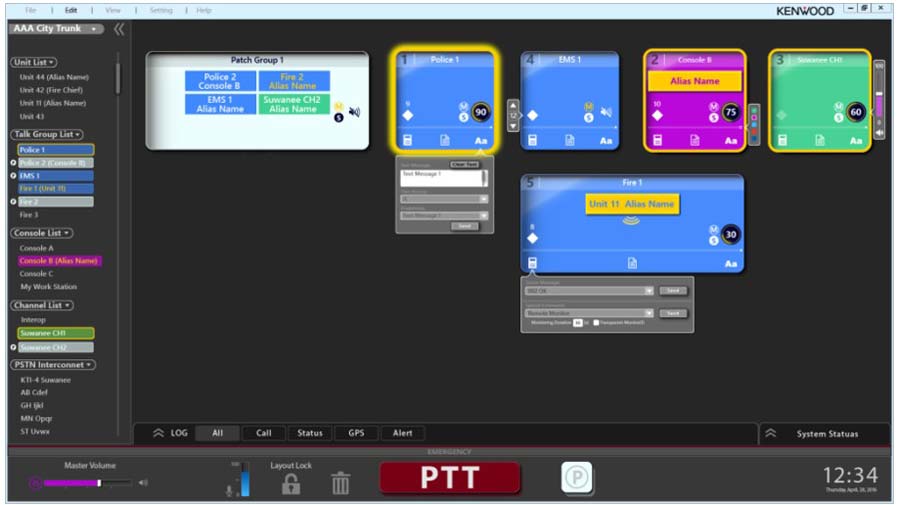

That should produce something that looks like this:ģ. In my case, I’m choosing to run this as a remote command via SSH, as that will display back just the information I’m interested in. Make sure you have SSH enabled on your ESXi server. William Lam’s script is well-documented, so I’m going to look at using SSH to get the MoRef identifier.ġ. If you have SSH enabled on your ESXi server, connecting via SSH and running the following command: Running this script developed by William Lam of virtuallyGhettoĢ. PORT = the HTTPS port of the ESXi server, which is usually 443įinding the MoREF for the VM can be accomplished by one of two methods:ġ.To use the VMRC without the vSphere Web Client, you will need to construct the VMRC URI which looks like the HOST = the hostname or IP address of the ESXi server
#Vmware remote console windows 10 free#
This provides a way for users of free ESXi to access ESXi-hosted VMs via a remote console session without needing to run either the Windows vSphere client or VMware Fusion Professional.

#Vmware remote console windows 10 license#
This application is designed to complement the browser-based console for vSphere users by providing a native application for launching a remote console session with a vSphere-hosted virtual machine.Ī nice bonus is that the VMRC application can also connect to an ESXi server which is using VMware’s free license for ESXi. VMware recently released a Virtual Machine Remote Console (VMRC) application for OS X users.


 0 kommentar(er)
0 kommentar(er)
